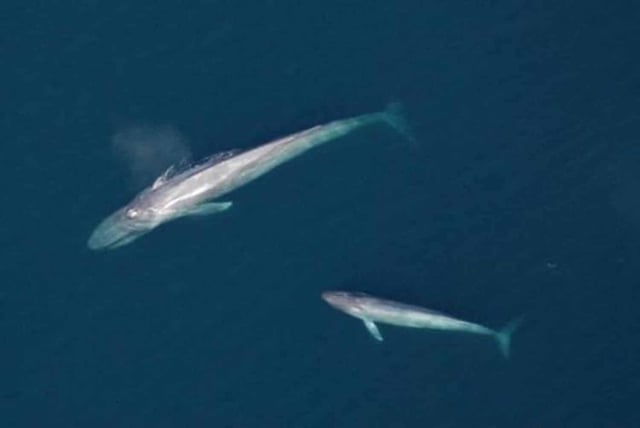Overview
- Blue whale calves are rarely sighted, with mother-calf pairs making up only 3.1% of sightings despite high pregnancy rates of 33-50%.
- A University of Washington study suggests that births occur in fall and winter in warmer regions, away from summer feeding grounds where most research is conducted.
- Calves are weaned at around seven months of age, before returning to feeding areas, further reducing the likelihood of mother-calf sightings.
- Historical whaling records and long-term field studies show higher calf proportions in winter regions and lower proportions in summer feeding areas.
- The findings suggest that low calf sighting rates are due to research timing and location, not low birth or survival rates, offering hope for blue whale population health.

